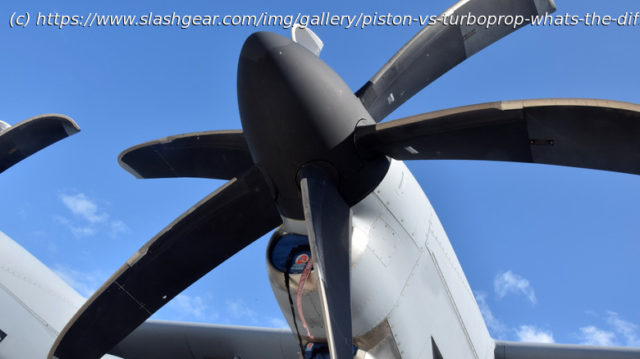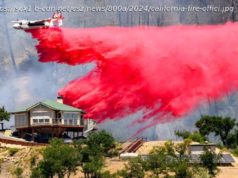Piston or turboprop: who cares? Aren’t they both just ways to spin the propeller? Not quite. Here’s how piston and turboprop engines change the way you fly.
When you’re at an airport and see propeller aircraft, you likely think it is powered by a piston engine. This is usually true among smaller planes, like the Cessa 172 Skyhawk and the Piper Archer, or older planes like the revolutionary DC-3. Propeller planes don’t have jets, right? That’s the definition.
In fact, some do! Many larger and faster propeller planes, like the 60s British turboprop HS 748 and the M700 Fury, Piper’s fastest propeller-driven craft, use a turbojet engine to rotate their propeller. This is also true for propeller-driver airliners like the ATR and Q400. Even military propeller aircraft, like the C-130 Hercules and the Airbus A400M Atlas, have jet engines behind their propellers.
So, what are piston and turboprop engines? How do they work, and which engine type is better? Let’s check out the differences between these two engines and learn how you can tell between the two just by using your ears.What is a piston engine?
A piston engine in an airplane works on the same internal combustion principle as the gasoline engine we find in most automobiles. Instead of using regular gasoline, which has a relatively low octane rating (for more on that, check our breakdown of everything you need to know about different octane ratings) piston-engined aircraft use 100-octane fuel called Avgas 100 or Avgas 100LL because of its high performance and reliability.
The piston engine is also called a reciprocating engine, since its pistons move up and down (or side-to-side) to convert the chemical energy in gasoline into linear motion. That linear motion is converted to rotational motion by the crankshaft. That rotates the attached propeller, providing the thrust required for takeoff and flight.
Unlike cars and trucks, most piston-engined aircraft do not need a transmission, as you do not need to slow down your propeller’s rotation speed if you’re stationary on the ground (and you definitely need your propeller rotating quickly when you’re in the air!). Cheaper, more basic planes also have manual mixture control, which lets the pilot select the amount of gasoline and air going into the engine. More advanced aircraft automate that process through a system called FADEC, or Full Authority Digital Engine Control.
Start
United States
USA — IT Piston Vs. Turboprop: What's The Difference Between These Two Airplane Engines?






